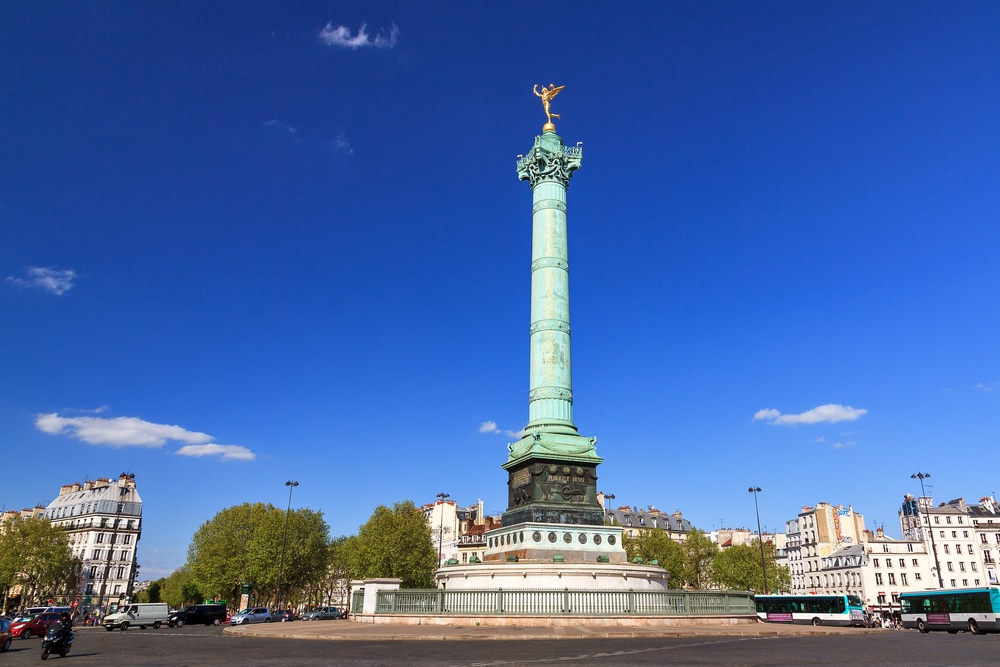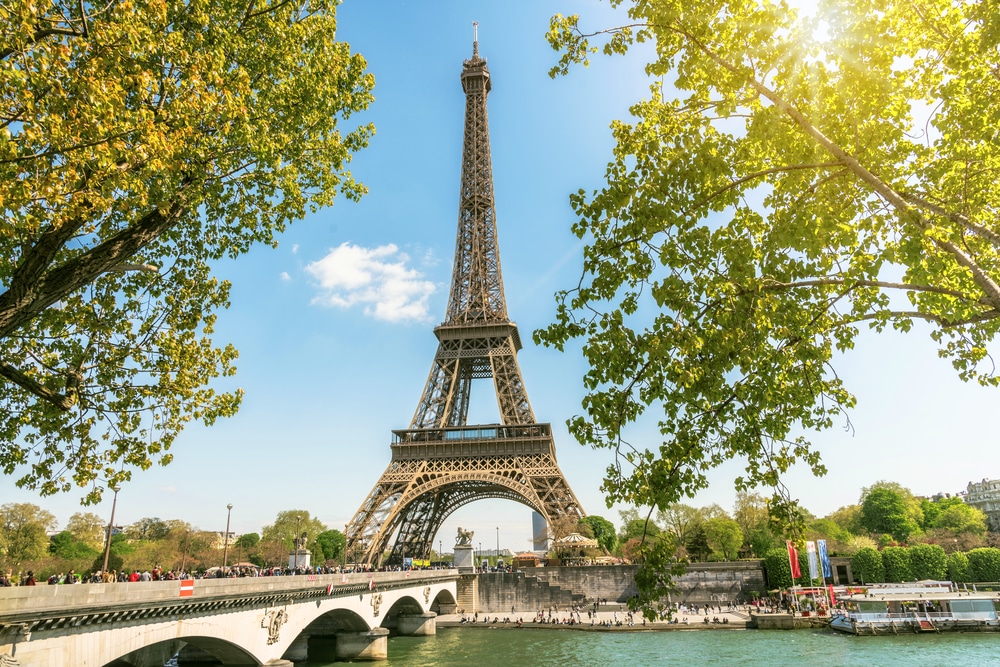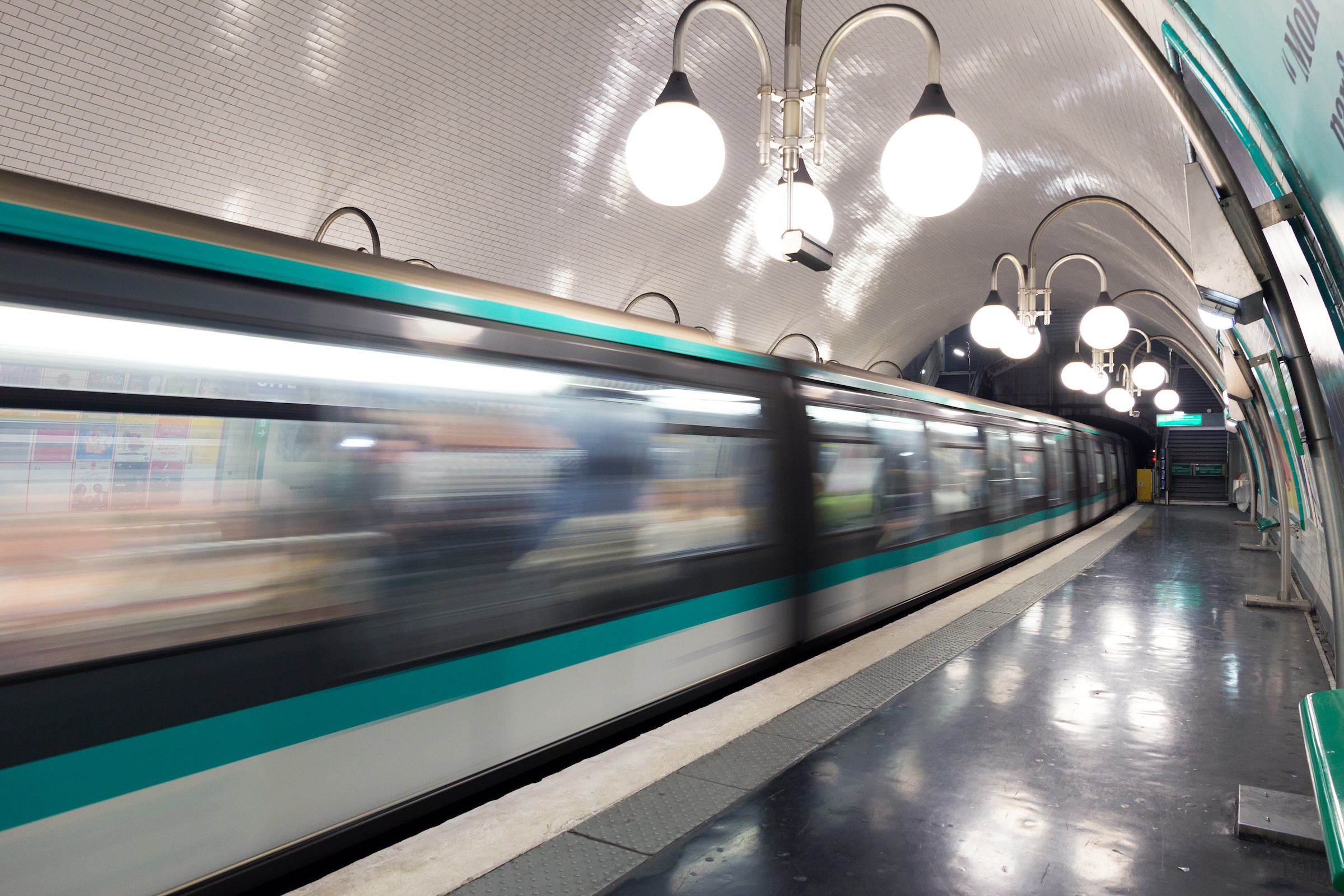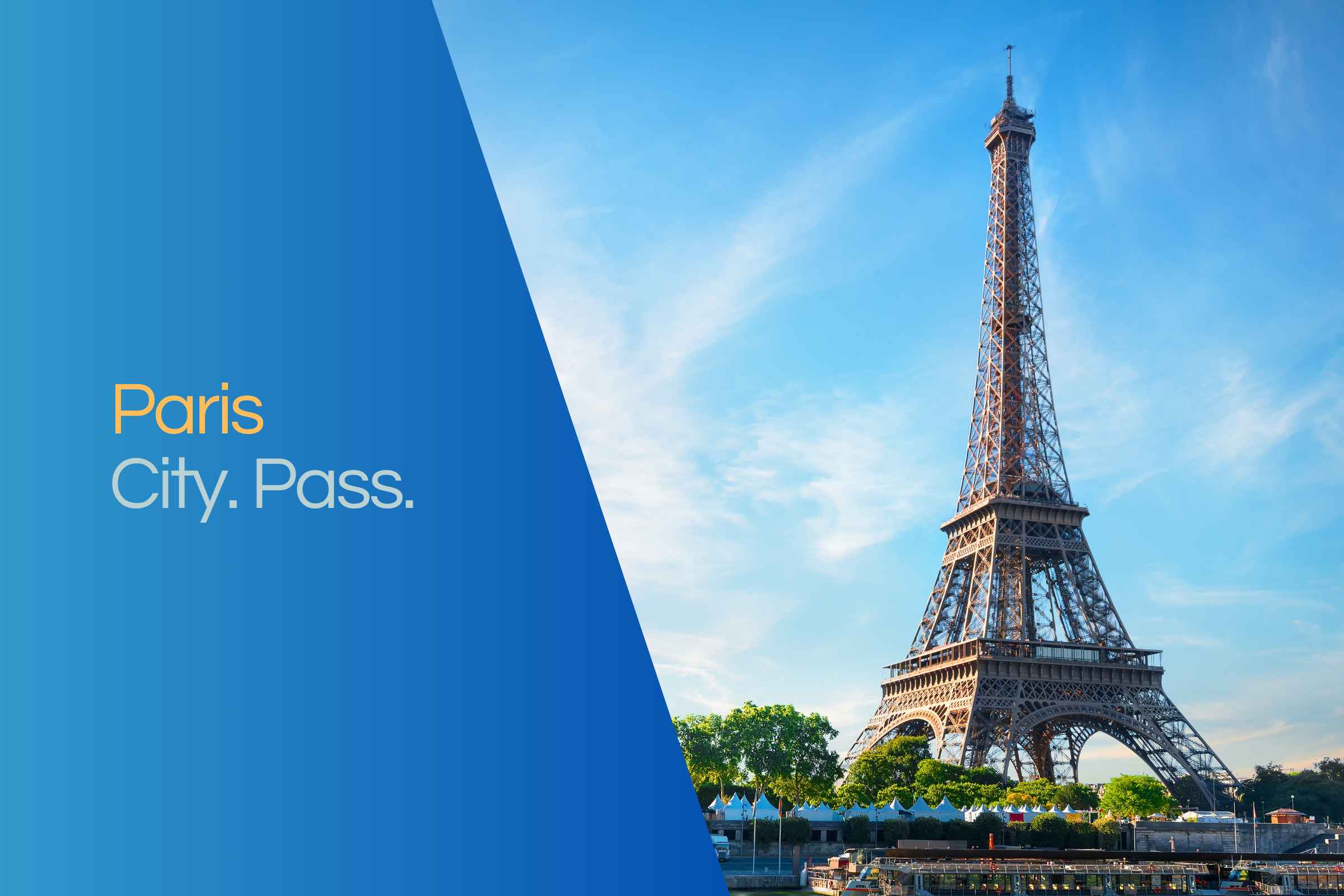Place de la Bastille
Hardly any other city in the world offers so many historically relevant sights as the capital of France. Often it is difficult to decide which of them should be included in one's program during a trip to Paris. Certainly, the Place de la Bastille with July Column and huge roundabout should be one of them. From here, in the year 1789, the storming of the Bastille started that was the core act of the French Revolution. Thus, an extremely historic place, on whose legacy the entire current French Republic is based.

History of the square and the July column
The dimensions of the Place de la Bastille are enormous. It is 215 metres long and 150 metres wide. And in the Paris of the present time, the Place de la Bastille is one of the central - and most important - traffic junctions in the centre of the city. No less than 11 (!) different streets converge here and also lead away from here. Accordingly, there is always an intensive hustle and bustle here, either pedestrians as also other traffic. But the main thing that tourists want to see is the July column that is located in the centre of the Place de la Bastille. It reminds on the events at the end of the 18th century when the French Revolution started its course. Moreover, it is located exactly where the city gate castle Bastille once stood, which served as a prison during that time.
After the violent demolition of the Bastille, Pierre-Francois Pallay laid the foundation stone for the July Column here on July 14, 1792, exactly three years after the beginning of the revolution. It reaches a height of 51 metres. Its top is adorned by the golden sculpture "La Genie de la Liberte", symbolizing the spirit of the freedom won at that time. It is a gilded sculpture, balancing on one leg, of an angel holding a flaming torch aloft in one hand.
Vault with graves in a historical place
Below the column there is a temple that was established later on. Here, in the middle of the 19th century, one transferred the bones of the fallen comrades-in-arms during the revolution. The vault with these graves is open to the public and one of the attractions of the Place de la Bastille.
But the Place de la Bastille is also full of history for another reason than the beginning of the revoultion. Exactly here, from the 9th to the 14th of June 1794, there was the guillotine with which not less than 75 people were beheaded before the guillotine was moved to another place in the city.
Opera Bastille and Arrival to the Place de la Bastille
Moreover, at this place, there is the Opera Bastille that was inaugurated in the year 1989 and is one of the two important big operas in Paris. In this respect, some people who are interested in music will anyway visit the Place de la Bastille during their trip to Paris. Architecturally, the interior of the Opera Bastille is held in the style of the neo-baroque, the facade, however, is designed in the style of modernity.
The Place de la Bastille can be accessed via the subway station Bastille of the subway line 5. Parts of this station consist on the rests of the outer wall of the Bastille. Underneath, there is a tunnel in which the Canal Saint-Martin runs underground for more than 2 kilometres that is used by many yachts.




